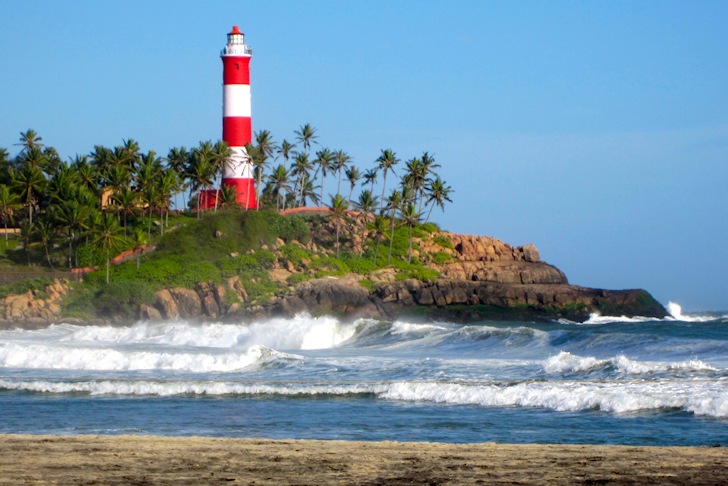The Republic of India, the home country of Yoga and cultural, historical, and spiritual references, is located in South Asia, bordered by China, Nepal, Bhutan, Bangladesh, Burma, the Bay of Bengal, the Indian Sea, the Arabian Sea, and Pakistan.
It is the most populous democracy and the seventh-largest nation in the world, with a total land area of 2,973,193 square kilometers.
The coastline is 7,517 kilometers long, including the Andaman, Nicobar, and Lakshadweep islands.
India holds a great variety of climatic regions, and the weather is highly influenced by the Himalayas and the Thar Desert.
There are four seasons: winter, in January and February; summer, pre-monsoon or thunderstorm season, from March to May; rainy season or summer monsoon, from June to September; and post-monsoon, from October to December.
Average temperatures range from 10 ºC in the winter to 32 ºC in the summer. Most of the annual rainfall occurs during the summer monsoons.
India is exposed to natural disasters like cyclones during the pre-monsoon season, mainly in the Bay of Bengal region. Hail, severe storms, and thunderstorms may also occur.
The monsoon winds are prevailing, blowing from the southwest in the rainy season and northeast in the post-monsoon season.
In the northwest, look for Dwarka, an old town bathed by the Arabian Sea. Expect crystal-clear waters.
Then, drive south to Goa and explore Gokarna, Murdeswara, Cliffs, Maravanthe, and Kapu.
As you head south towards Kerala, try Mahe and its multiple breaks.
Down on the tip of India, find Varkala, Kovalam Beach (the best-known surf spot in the country), Kanya Kumari, Manapad Point, Tiruchindur, and Rameswaram.
On the East Coast, meet the Bay of Bengal. Between Puducherry and Chennai, visit Auroville, Mahabalipuram, and Big Rock.
Near Visakhapatnam, the best option is Vizag.
